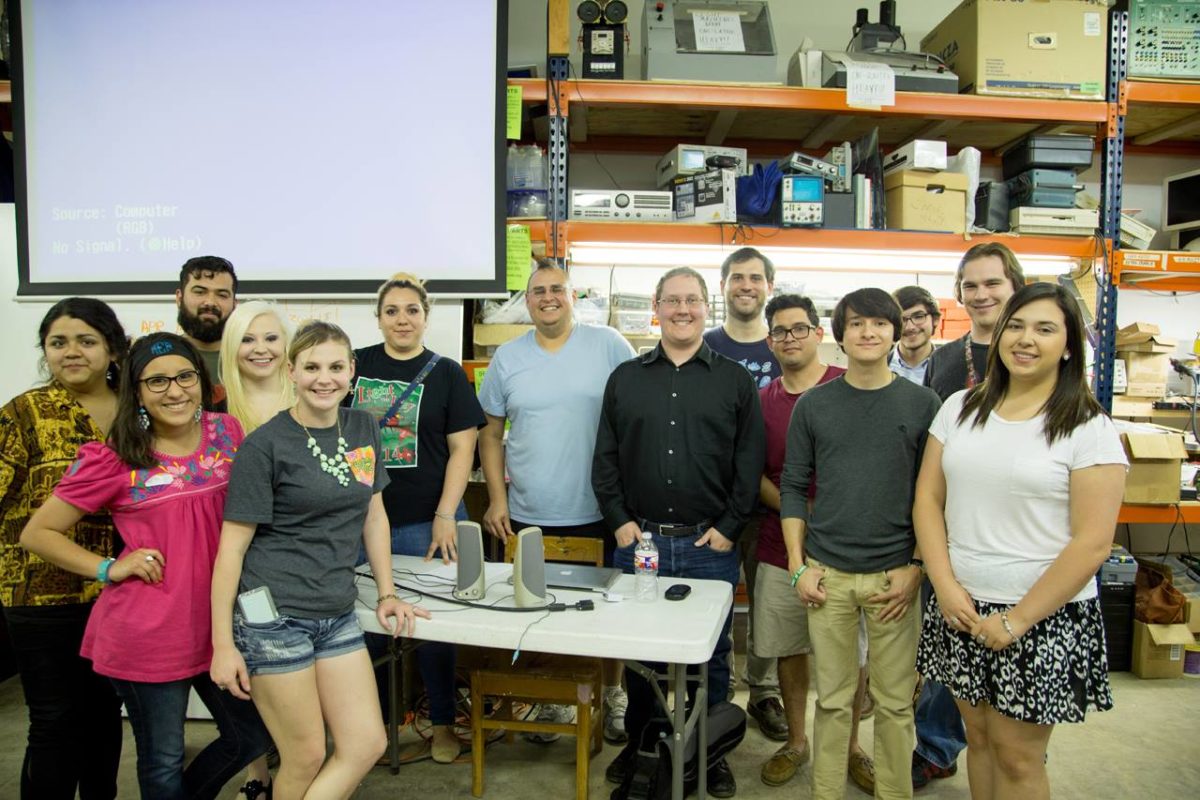Recognition
I start this article by recognizing influences by so many around me on this topic: My extended family, my parents, Corina Zavala, Jonathan Guajardo, Mary Cantu, Kaye Cruz, Aimy Steadman, Sandy Stone, Elena Foulis, Fredrick Luis Aldama, Mark Barnett, Mariah Villarreal, Mary Lanoue-Gers, Mark Solis, John Frazee, Rick Polus, Ruth Buentello, Emily Rosen, Hector Garza, Samantha Sosa, Luis Vazquez, Anthony Ramirez, Emily Riewestahl, Andy Castillo, Sarah Castillo, Brandon Wiley, Jeremy Zunker, Gary Schwartz, Honiara Starbuck, Knut Graf, Heather Barfield, Mike Perez, Christian Rios, Valentina Aduen, Arden Duffield, Zayno, Maxwell Burgress, Ashley Arechiga, Chris Peter, Annie Ortiz, Diego Rodriguez, Kali Johnson, Srivi Ramasubramanian, Xiaofei Song and many more I am failing to mention. I think of so many people as I write this piece.
Part 1: The Facilitative Lab
The Facilitative Lab is a creative and physical endeavor to create facilitative spaces where people build community around their passions and ideas and put them into action. The purpose of a facilitative lab is to provide the structurelessness that fosters such communities. In this article/blog post I will explore and break down my own ideas of how I see the Facilitative Lab becoming something anyone can create and nurture.
The Facilitative Lab vs. Directive Lab
What is a Directive Lab? It is a lab where there are clear directives, think any company, institution, non-profit with a mission statement and a clear directive of procedure. Most traditional labs are Directive, they definitely have a purpose and serve society well in many places.
So why a Facilitative Lab? A Facilitative Lab gives members and the director/s the ability to create a bottom up. It is a multidisciplinary space where projects are facilitated by the Lab, but created by the members. IE the purpose of the lab is to facilitate creativity of the members. Of course there are hybrid versions of DL and VL labs, often FL’s in DL’s are seen as a “skunks works team” or “the creative team” given unusual open ended permission to explore and innovate.
In this next section we will discuss the kind of people who tend to be drawn to Facilitative Labs.
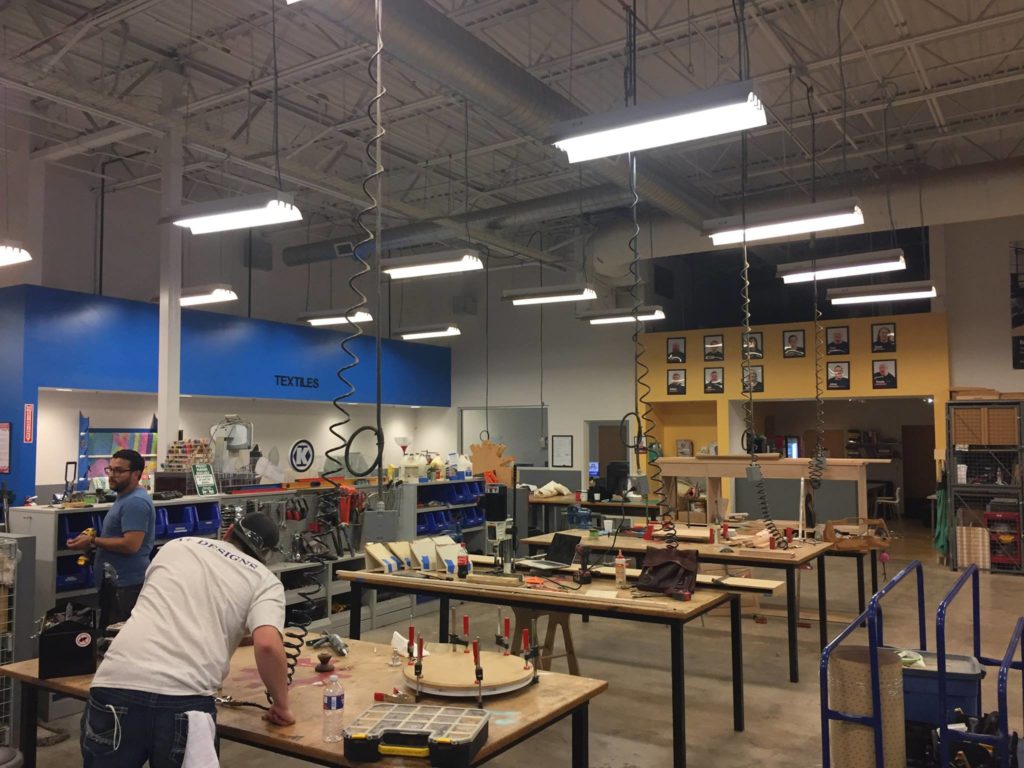
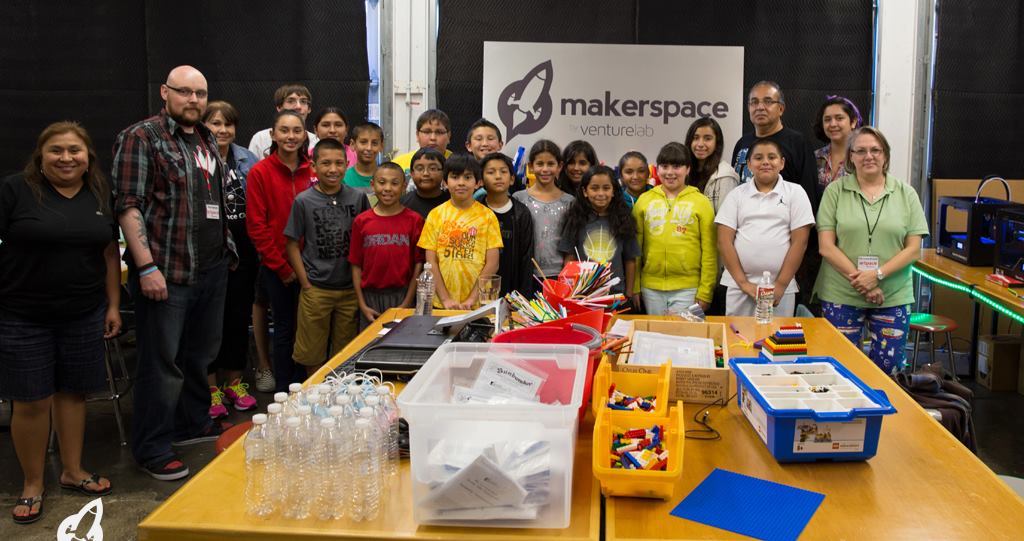
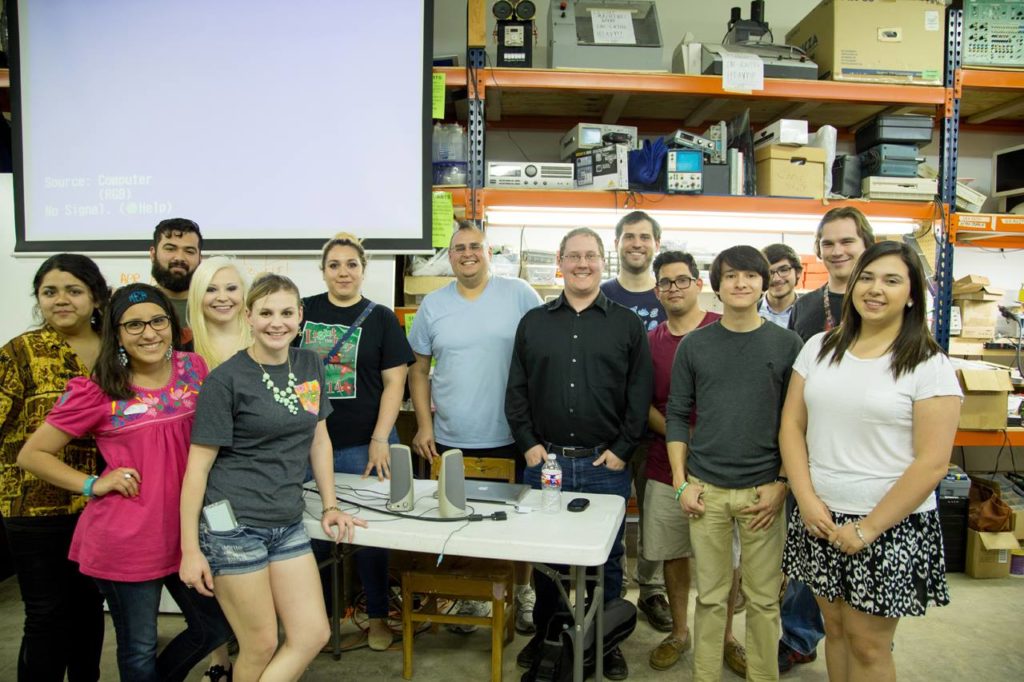
Are you a polymath? What is a polymath?
- Are you someone who wonders about a wide array of topics?
- When people mention anything interesting it peaks your own interest and inquiry mindset?
- Do you have a ton of projects? All in different phases, just started, prestarted, done and in action?
- Do you like both theory and action?
A polymath in my book is someone as described above, someone many might joke as being a jack of all trades, master of none, not knowing it is really a curiosity that goes beyond the normal expectations of general living. I have met so many polymaths over my lifetime. Introverted, extroverted. Fully employed, entrepreneurs, artists, unemployed, all shapes and sizes and looks. They run the gamut when it comes to identity.
So why do polymaths matter in this context? Because they are the so-called glue of the Facilitative Lab. They see no boundaries, just opportunity. They want to facilitate collaboration, granted it can get messy at times. But we will get into that later.
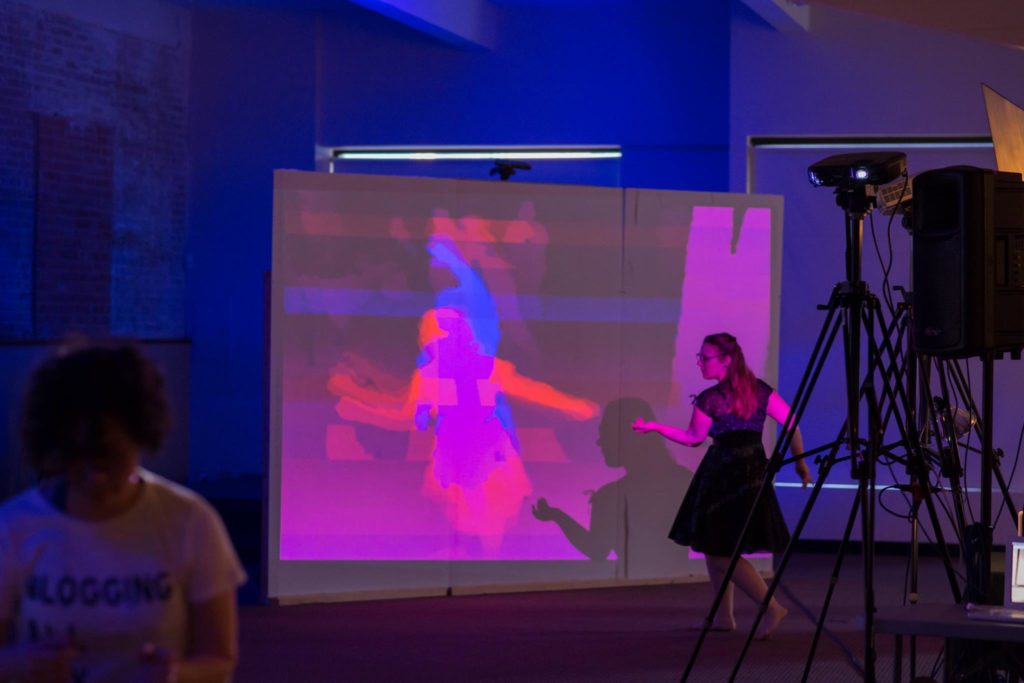
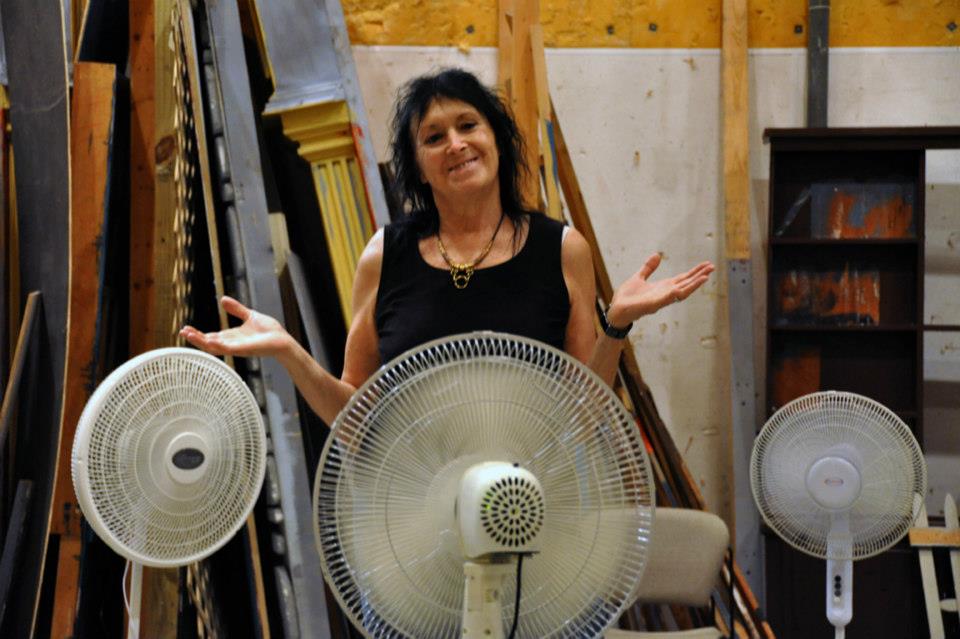
Is a makerspace a Facilitative Lab? Why do makerspaces often fail? Why do art collectives sound alienating at times? Are co-working spaces cults?
Oftentimes we hear about Facilitative Labs with names like Makerspace, Art Collective and Co-working. These are spaces that are organizationally facilitated by a motivated few to give immersive hands-on experiences to individuals and communities alike. I have been a part of all three with great success and sometimes with great awkwardness. Maybe you have too. May you will in the future!
These spaces exist in academia (where I spend a lot of time), in non-profit/NGO spaces and in for-profit arenas. They have multiple models and structures. I am not here today to break those down, you can google them and find them out and break them down. I have done this for over the past two decades and maybe I will write an article about it at some point, but not in this one.
I bring them up because we often think these spaces will bring collaborative interaction and often they will. But I would like to assert that while they are great spaces, it will take a further mindset to truly make them work for you and for you to build your own facilitative lab.
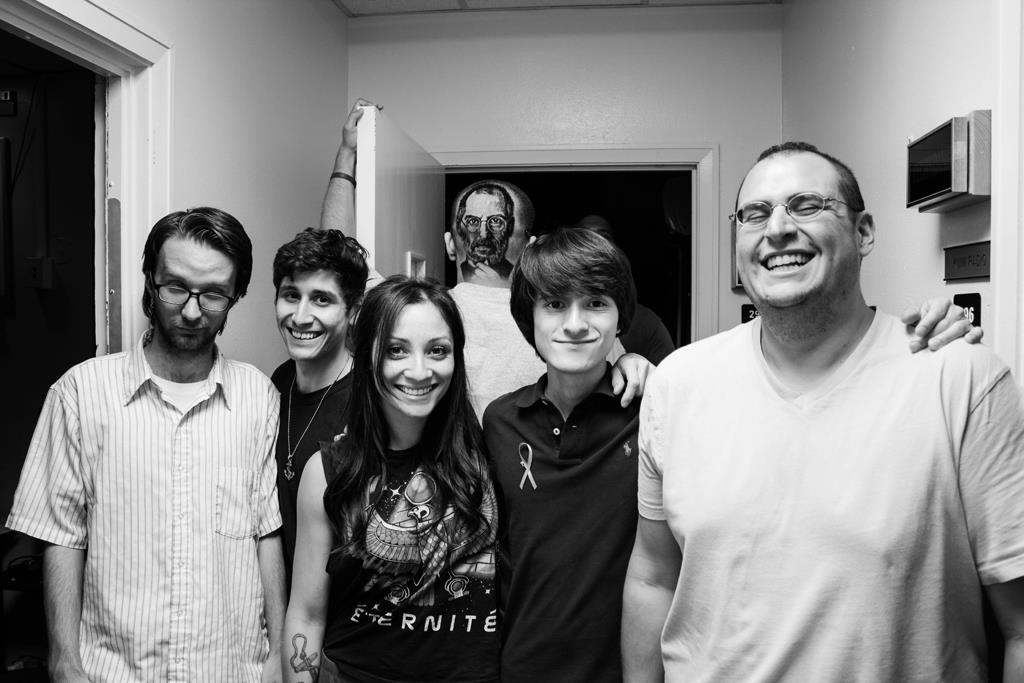
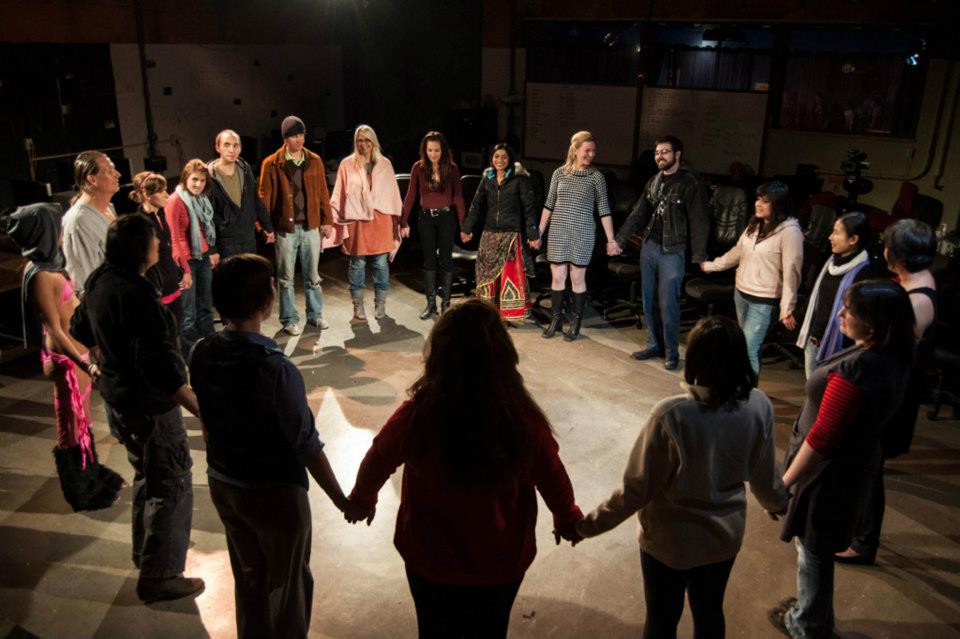
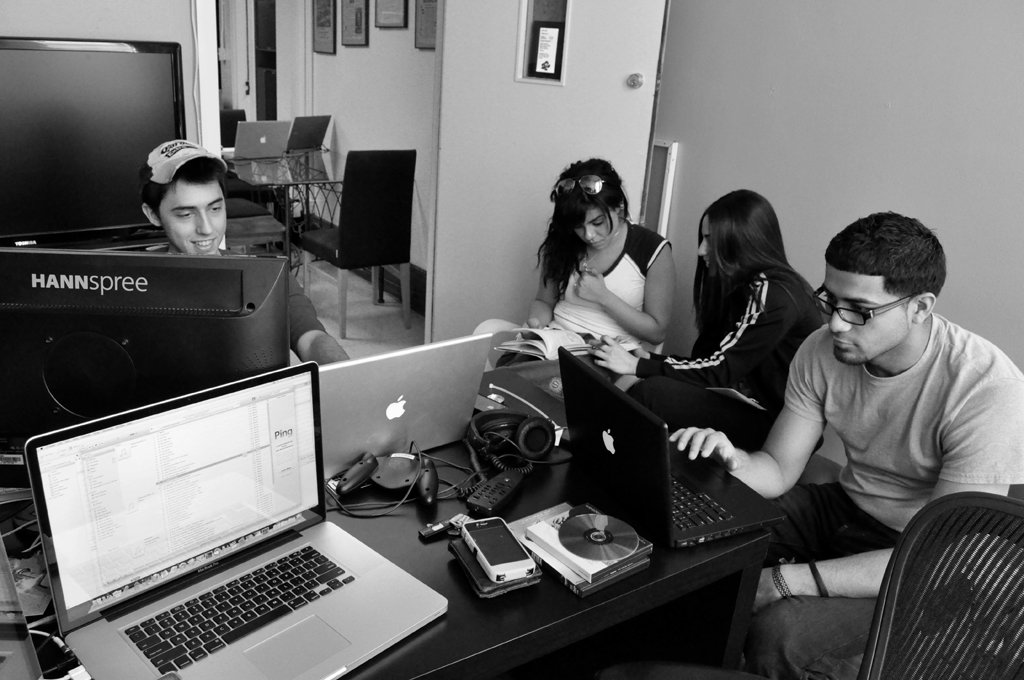
I am going to build my own Facilitative Lab?
That’s right, this article is not about you attending a facilitative lab, it is about building your own! Alone, with friends, it doesn’t matter when you start. Why build one? Well if you are a polymath or know one, you can quickly build up a physical or creative community that can act like a hive mind, encouraging each other and building momentum.
So how do I build a Facilitative Lab?
This part is the most important part and the key to success, so make sure you read and listen.
There is no right way – This is important to remember, your set of talents and strengths should lead you on this journey. Also the recognition of your weaknesses and room for improvement should drive you to find others who can fill those gaps in and hopefully cross pollinate.
You do not need a physical space – Yes a physical space to meet up is nice, but this can also be done online, whether through email or zoom. Create a “safe space” for people to meet up and discuss their passions, their projects and facilitate their ideas and your own.

Does a physical space help? – Yes a physical space can help, however having people share multiple spaces of different lived realities and environments can go a long way to developing a rounded experience.
Does everyone need to be invited? – This is a tough one, it is personal. I love being inclusive, but I have seen many facilitative labs that are specific groups, women groups, lgbtq+, men’s groups, entrepreneurs, artists, etc. They form in all different ways.
My personal solution to this question is that I have multiple facilitative groups, sometimes even within the same community due to tension between various members. I used to feel we all just needed to be one happy family, but I have since realized it is ok to have multiple groups that I am creative with.
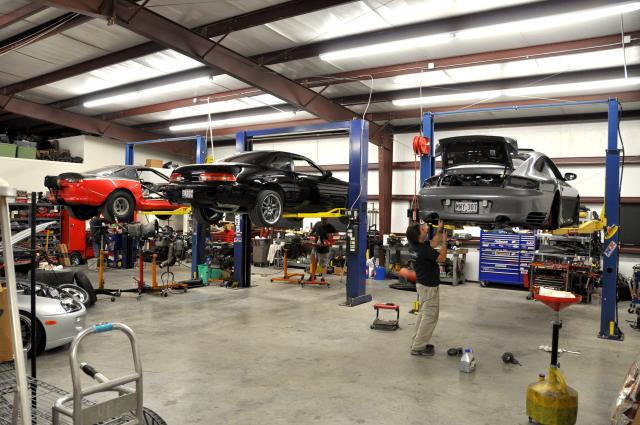
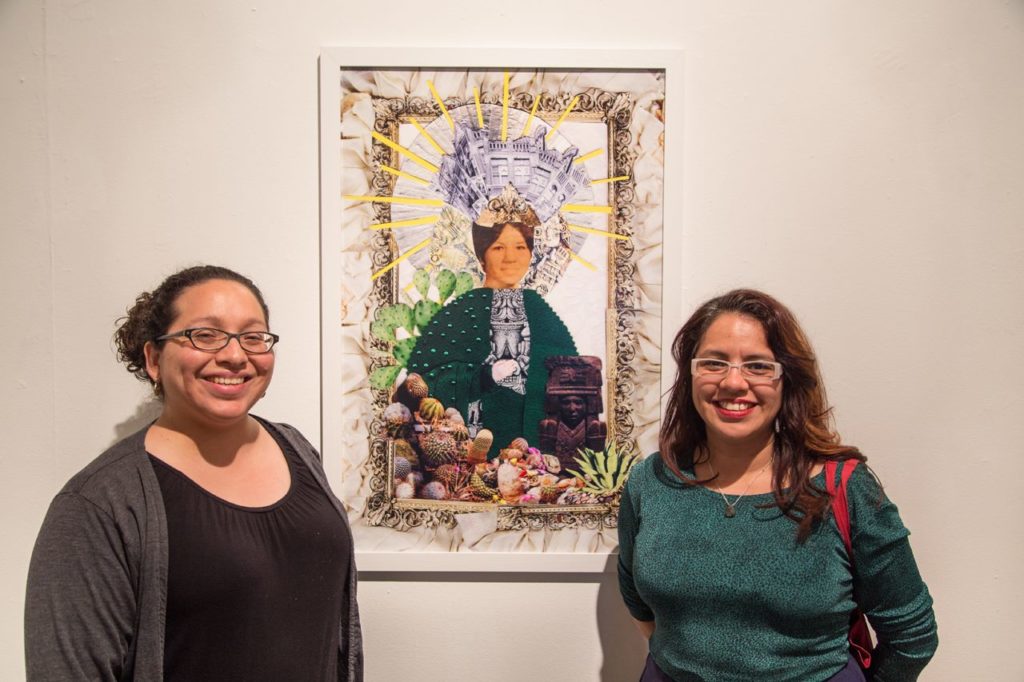
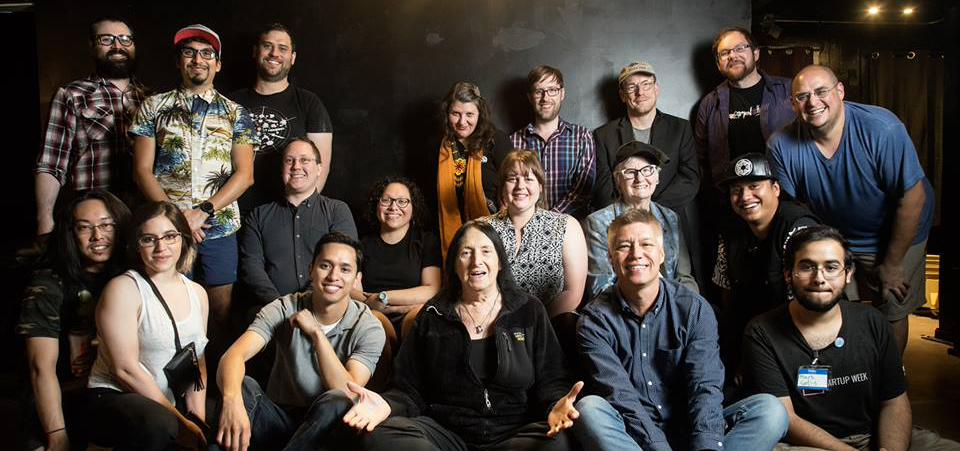
What are some of the main benefits of creating such a space?
When developing your own ideas you have a trusted network and you also get to be part of someone’s trusted network.
Many of us work on projects that are eventually going to go beyond just a one person team, having a group like this will help you develop your group of multi talented individuals who can help each other through such projects.
Facilitative labs tend to create a network with a wide breadth that is informal and formal at the same time, giving the flexibility that traditional labs and institutions do not typically have.

How often should we meet? Are there any rules?
Meet as often as you can without it being a burden, as you meet you will find a rhythm that works for the group.
The main Facilitative Lab I am a part of we meet every week online and in person. This is mainly because it is an academic one and the frequency is related to Fall and Spring semesters being ideal times for regular meetups in person and summer for online meet ups.
Other Facilitative Labs I am a part of meet with varying frequency, one I meet online almost weekly and then we meet in person around every 3-4 months as we live in different cities.
Others we met everyday for years and have since stopped. Many Facilitative Labs are temporary spaces where a group comes together and works intensely and then as time goes on, people move on, and go on to create more spaces.
Facilitative Labs are living organisms, it is partly by design so they do not get stale and stagnant.
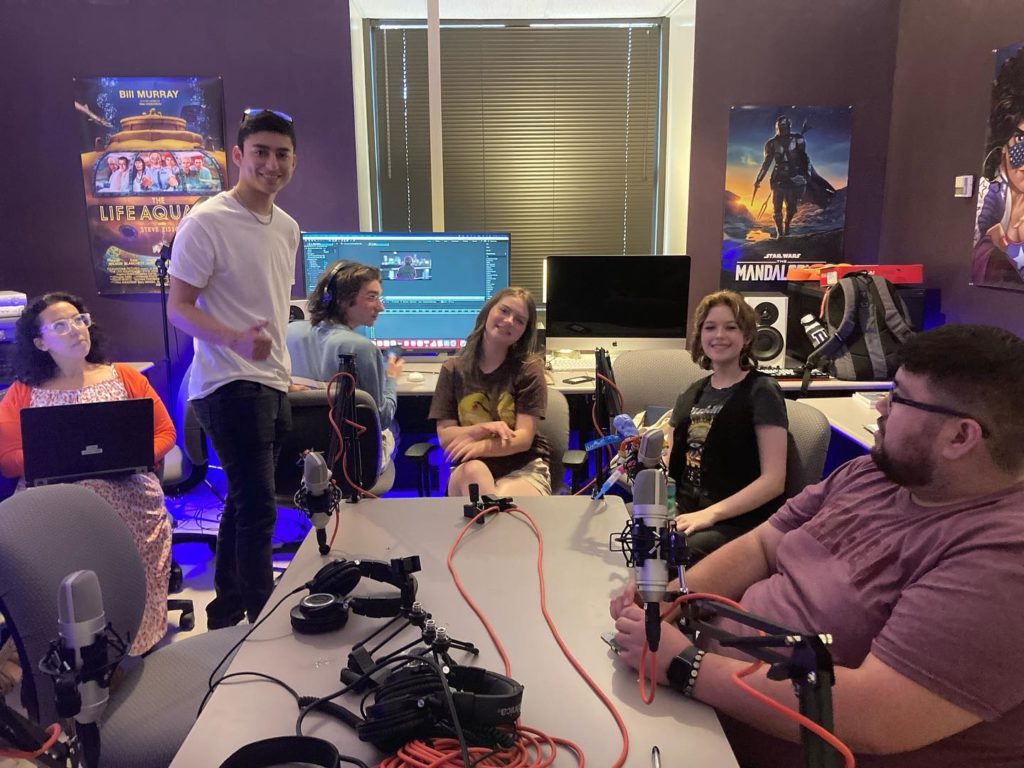
What are some of the objections for Facilitative Labs?
Success is often hard to quantify
Like any other lab, interpersonal communication still plays a big role in the success of a Facilitative Lab
From my experience, like many other labs, few projects are seen to full completion with full success.
Funding is often hard to obtain and facilities hard to manage due to the loose nature of the organization. If in an institution trying to have such a space, being clear about the benefits will need to be code switched to institutional language and metrics.
The reality is anyone who participates who wants success will need to put in hard work just like any other lab.
So why create a Facilitative Lab?
- Because for the participants this approach is often seen as free’ing and the possibilities are endless.
- It provides a space of encouragement and support often not facilitated in directive labs.
- Informal events are typically par for such groups where community is grown and nurtured.
- Facilitative Labs are often complementary to Directive Labs feeding talent and networks into them and create unique personalities with other perspectives to bring to such labs.
In Summary
It is often tough to find our identity in academia, professional spaces and even in the communities where our passions are. I believe that creating facilitative labs allow for exploration of these spaces in what I call fluid ways. Where ideas can be taken as far or short as one feels, where commitment is temporary or as long lasting as you would put your effort towards. I hope this article helps others, find inspiration to go out and ideate, do and create.
Coming Soon – Part 2: Facilitative Labs in the Wild…
